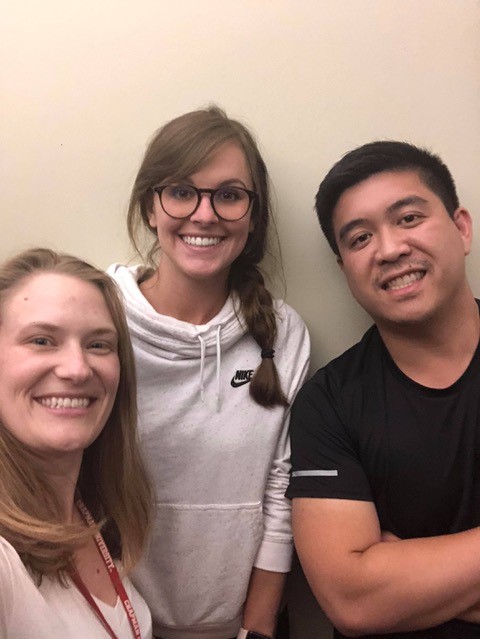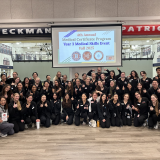
Sergerstrom Center enlists Chapman DPT students to help with program assessment project
August 14, 2018
In 2017, the Sergerstrom Center for the Arts launched The School of Dance and Music for Children with Disabilities. This all-inclusive program is designed for children ages 4 to 16 with a variety of developmental disorders including Autism, ADHD, Down Syndrome, and those who have assistive devices. The classes are led by professional dancers with additional assistance from physical therapists (PT’s). Each class focuses on using dance, movement, and music to improve imagination, growth exploration, curiosity, and health.
Doctor of Physical Therapy students Salvador Abiera, Tonya Mulkey, and Brianna Stansel were invited by the center to track the schools improvement and efficacy. Under the direction of Sergerstrom’s Community Engagement Director Susan Marie Hill, the students developed several strategies for improving program outcomes. The first step was to look at how student feedback was being collected. “My job was to create a sort of assessment tool in order to track improvement and efficacy of their program. In keeping with their stated goals, I took imagination, growth, creativity, etc. and tried to create a questionnaire that reflected improvement in these stated categories. I created a system for scoring these categories that would help them see the impact of their program with numbers rather than vague subjective reporting,” said Abiera.
Another strategy proposed by the DPT students is utilizing video analysis in the classes though it has not been fully implemented yet. Video would allow PT and OT class facilitators to assess movement and compare with subsequent sessions. Movement that is most beneficial to the students could then be carried over to future iterations of the classes. Video footage could also be used as a groundwork for future studies.


